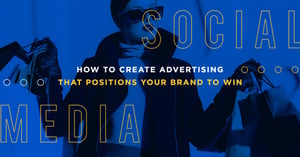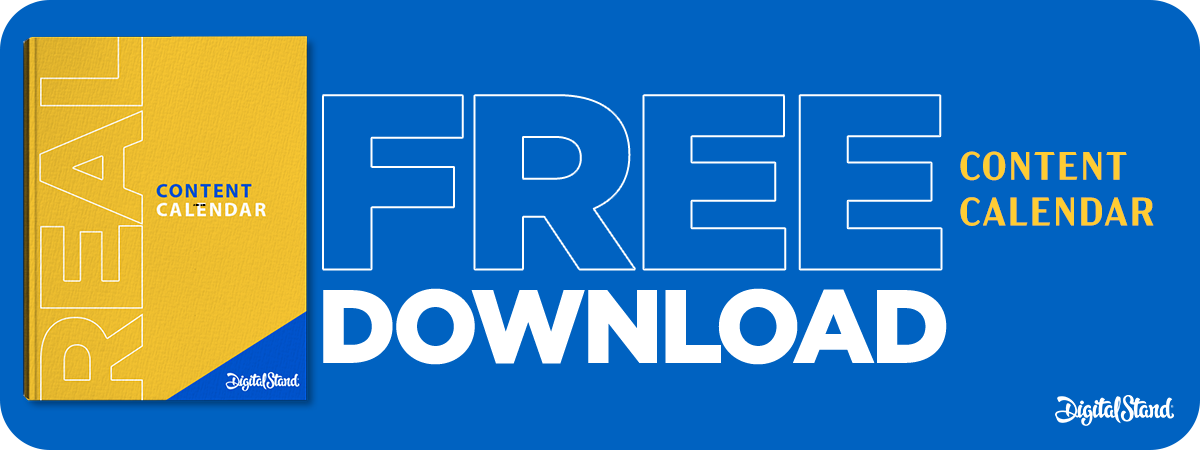In an extract from a David Ogilvy ad "How to create advertising that sells." David outlines that Ogilvy & Mather at the time had created $1,480,000,000 in advertising and spent $4.9 million tracking the results. He stated in this ad that:
"We have been unable to establish any correlation whatever between awards and sales."
Awards these days are often seen as a testament to good advertising. However, I would like to suggest another measure that has far more utility for the agency, the client, and the consumer.
In the 1940s, a man by the name of Louis Engel wrote an ad on behalf of Merrill Lynch that was 6,450 words long. This is what we call "long-form content" today.
The ad was titled "What Everybody Ought to Know About This Stock and Bond Business."
Published in The New York Times on October 19, 1948.
The very next day, there were 800 inquiries, and over the next few weeks, over 5000 people had expressed interest.
The length of this ad being equal to reading a chapter in a book. Expressing interest meant writing a letter or calling Merrill Lynch directly.
Imagine going to that much effort today because of an ad.
Merrill Lynch went on to run this ad nationally for years after that. The total number of responses exceeded three million. The returns generated millions of prospective customers, and many see it as the ad that built their business.
It is also true that many do not like advertising. However, in this example, Merrill Lynch received hundreds of long letters saying things like. "God bless Merrill Lynch - I've wanted to know this my whole life."
When Louis Engel wrote this ad, it was because he knew little about the stock and bond business. His next line of thinking was I wonder if others would also be interested in understanding more about this industry?
You could convincingly argue that since the 1940s, advertising has fundamentally changed.
The cost of running ads through traditional media rising dramatically. Typically companies with the deepest media budgets can outperform their competitors.
Companies have even gambled their entire future on a 30-second super bowl ad.
Our attention span has changed, and we now choose the content, marketing or advertising that we are interested in. Content is also currently being co-created between the brand and consumer, or just by the consumers.
Although a brand should never assume that consumers understand their industry, company, or service! Or for that matter, they would not care too.
Social media enables brands to educate and build meaningful relationships with customers. This can be achieved through long-form or short-form content.
Both can work very well.
As an example of long-form content, the Dollar Shave Club (this has now been watched 26m times) started a brand and created a market with a $5k YouTube video that ran for 1.34 minutes. Goldieblox launched a worldwide brand with a 3.38 minute video on Kickstarter.
Dollar Shave Club went on to utilise social and digital media advertising to propel their brand to such an extent that they become a competitor to P&G.
And in 2018 they were acquired by Unilever for 1 billion in cash.
Using principles long well established, but accelerating performance through digital, social media and the latest advertising techniques.
Advertising's job in every instance is to create both a short term and long-term relationship with your customers and or clients. With the effective use of social media advertising strategies, you can use technology to compound the effects of your campaigns.
To illustrate this point, I offer the following example when launching a social media advertising campaign.
The Right Creative Assets
Let's assume for the moment you have the right content or creative assets to market, and it is merely the strategy of execution from this point.
But should you not, below is a copy of the ad that Louis Engel wrote as referenced above. A handy framework for considering how you might put your creative together. A checklist for advertising that is timeless. A bit further on, I will explain how this can be used in modern-day digital and social media advertising.
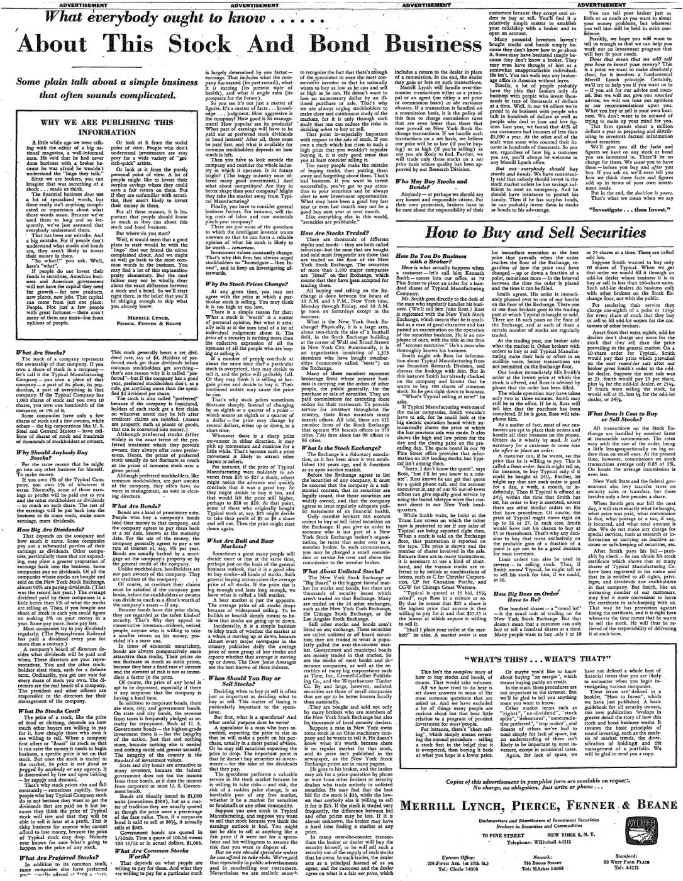
So, we have our advertising framework and content. From a social and digital perspective, what will we do next?
The Right Target Market
We will define our audience and personas. Who is it that we are trying to target? How old are they? And what is their level of education?
From this, we should be able to determine their interests, the language they use, needs and desires.
Let me illustrate this point further; let's say I started or have a large activewear business. I know Virgin Active members are likely to be interested in my range.
Using insights from Facebook, I can start to model this persona and audience and create interest-based targeting.
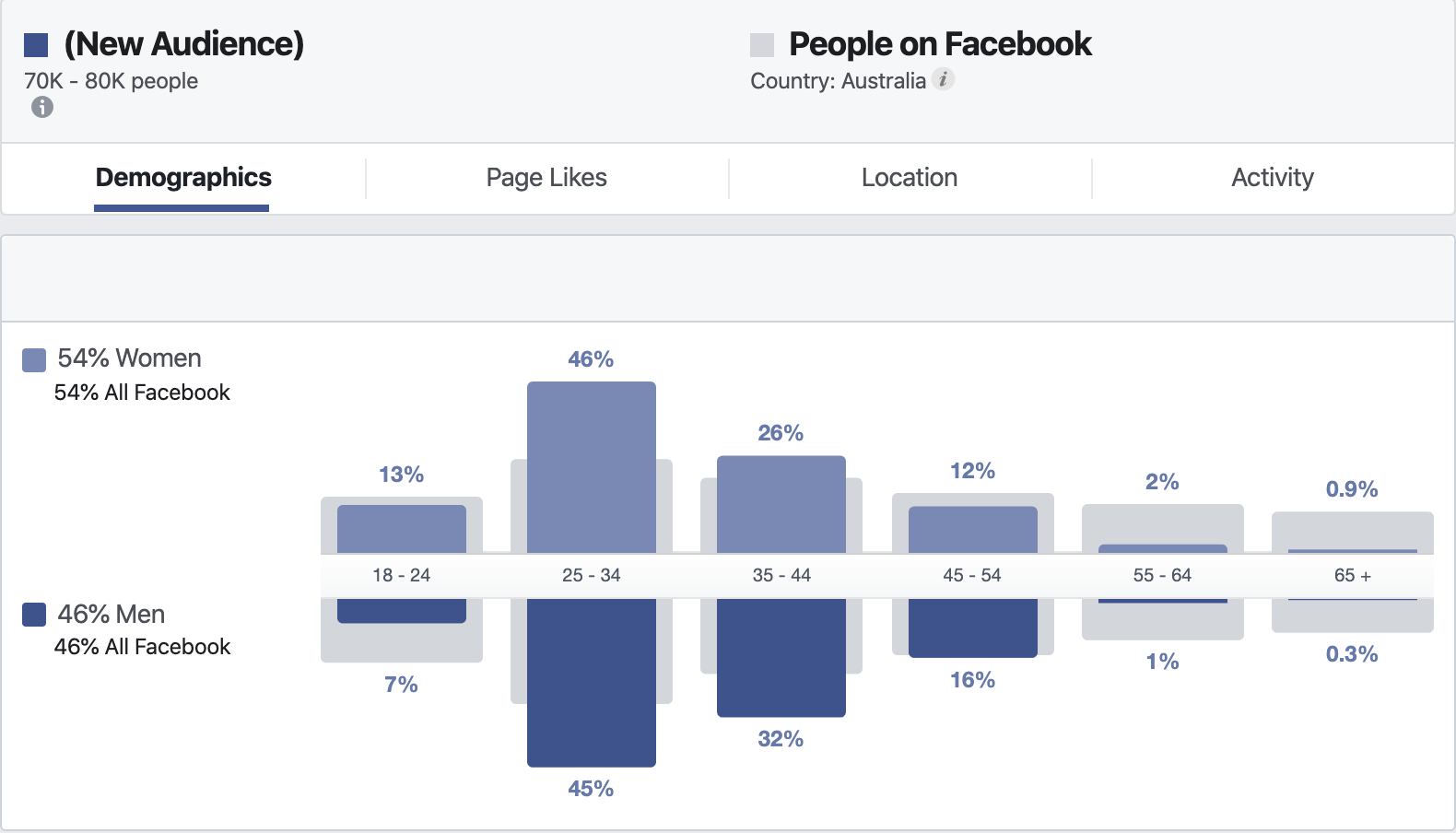
If we first look at the demographics and age group, we can determine that the majority of our target market is in the 25-44 year bracket. We can see 54 percent are women, and 46% are men.
We can see that this audience has an affinity with Facebook pages like Time Out Sydney, or the Grounds of Alexandria.
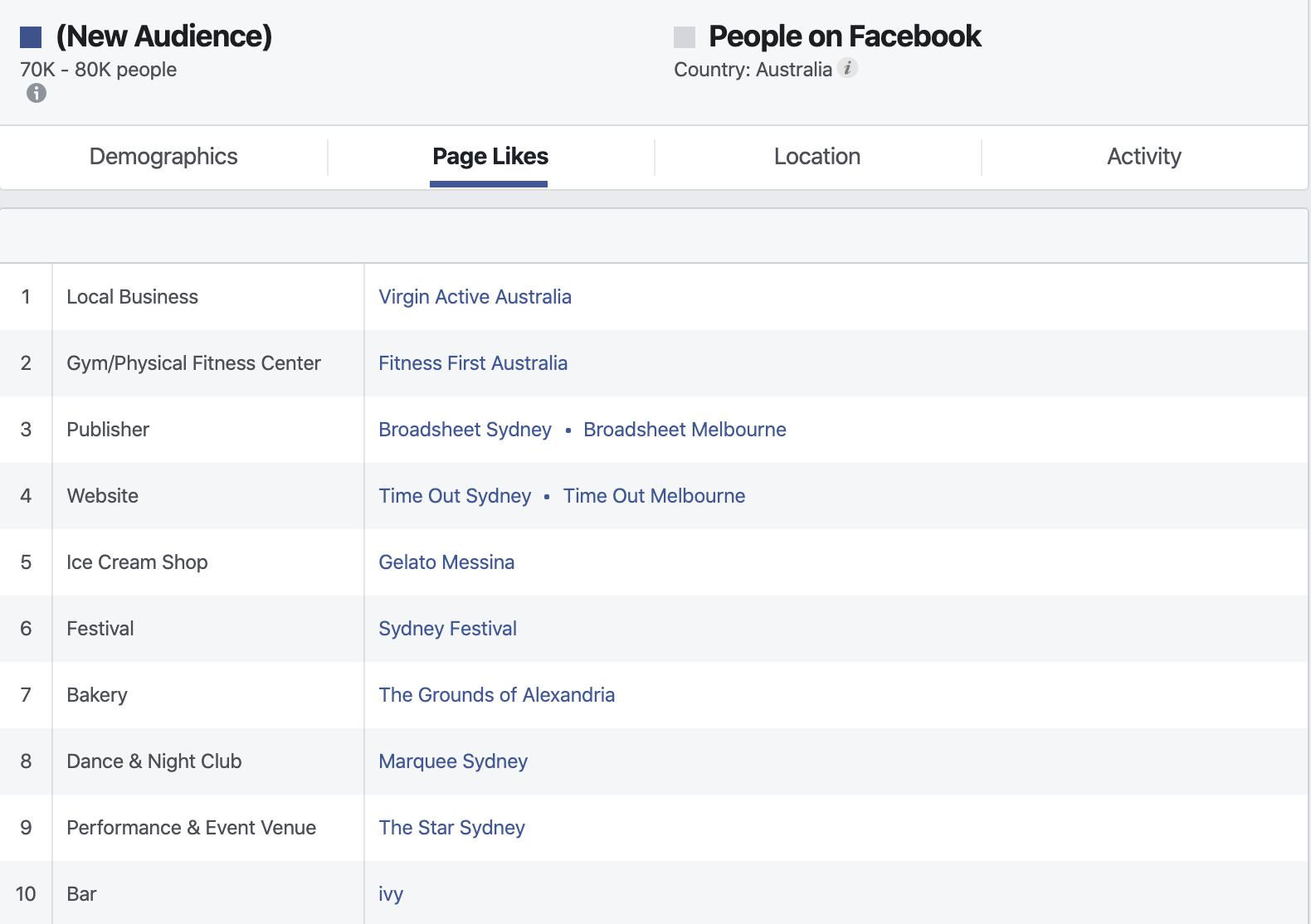
We can determine that 41% of this audience is based in Sydney, NSW, and the next most substantial majority are in Victoria.
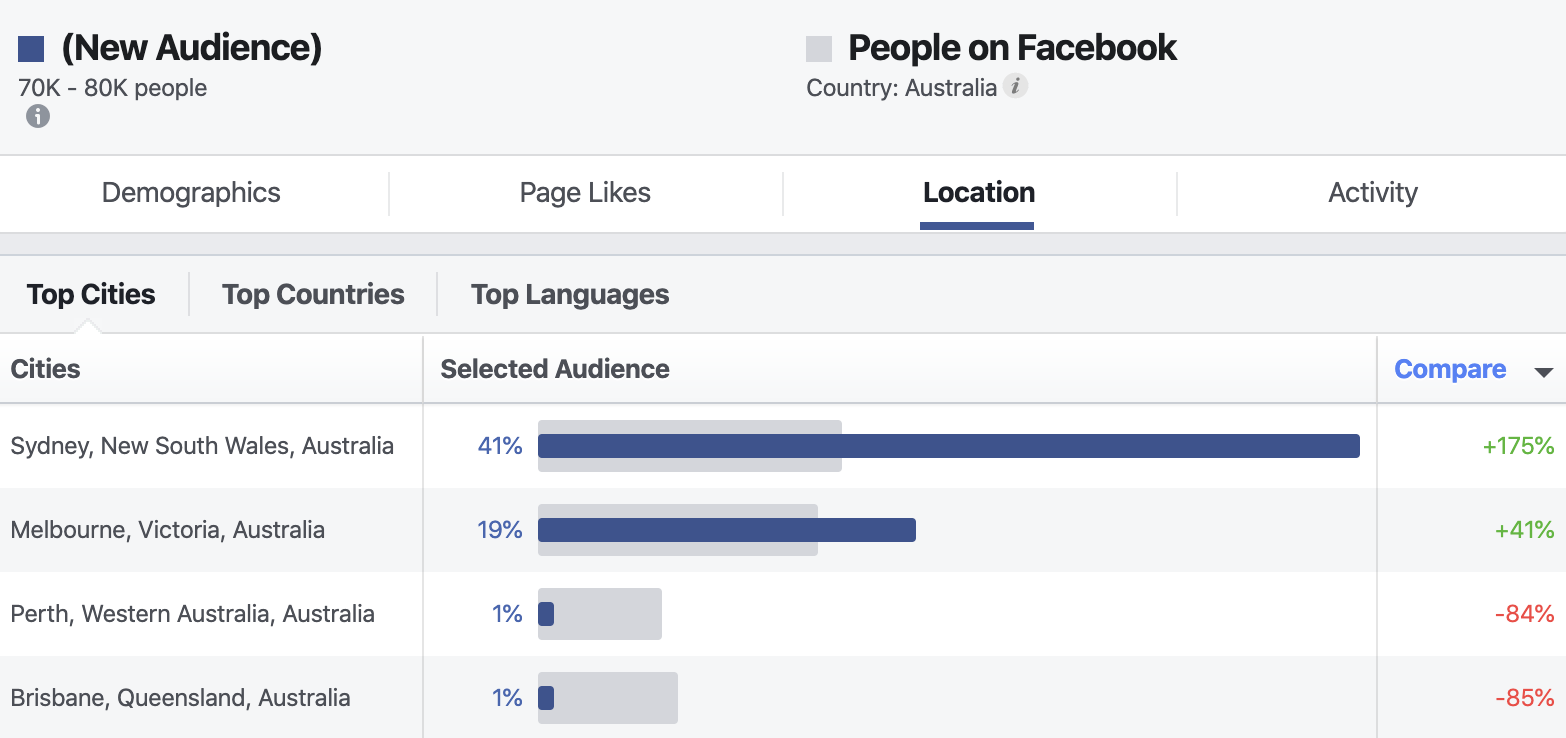
We can also see that they are actively interested in advertising on Facebook. In the last 30 days, they averaged 37 clicks on Facebook advertising compared with a platform average of 22.

Using this information, we can dive much deeper to determine how we best position our brand with their area of interest, location, and gender.
As the most potent form of advertising is to present a product or service to someone who actually wants it.
For the point of this example, I am going to suggest we have an audience that knows very little about our product or offering. Which is the right place for brands to start generally regardless of whether this is the case or not.
The Right Media Asset
I am also going to suggest that we initially use video to engage this audience. The benefit of a video ad if done correctly is they can be a full-screen experience. Meaning for those who engage with this content, you have their undivided attention. No distractions.
You can then track the engagement of the video through custom audiences segment it to those who watch 25%, 50%, 75%, and 95% of the video.
Meaning you can create four distinct audiences, from somewhat interested (25%) to fully engaged at (95%).
Once you have these audiences segmented, you can then test and refine a new video to determine engagement and action. As you moved the 95% audience into sequenced video delivery, are they purchasing, and at what value? Determining what your ROI is.
As a side point, a lot of social media, digital, advertising agencies, or advertising platforms themselves will reference ROAS as a measure. This relates to return on ad spend but is not a good measure to use, as it does not factor in the cost of the goods, shipping, resources and of course then ad spend.
Revenue minus cost is the real measure of performance. But let's head back to discussing audience identification, and targeted advertising.
After identifying the right target audience above, you could then build on this by creating look-a-like audiences. These audiences will then hold similar attributes to the audience that watched 95% of your video. In turn making it a lot easier to identify potential customers, and attract customers.
Using this data, these audiences can help inform future ad campaigns. Irrespective of whether it is search engine marketing, social advertising or any other form.
Once you have your persona well identified, and have developed creative that engages this audience, you have a repeatable model. You have a model to drive additional and incremental sales with a solid return on investment.
You will, of course, need to change your creative, and continue to build audiences. But you have a framework to increase your revenue line and have created advertising that sells at a profitable level.
Want to know more about Digital Stand, you can contact us here. Or download the free social media playbook below.

.jpeg?width=200&height=200&name=pexels-mikhail-nilov-6893349%20(1).jpeg)


.jpeg?width=318&height=135&name=pexels-cottonbro-studio-4065876%20(1).jpeg)





